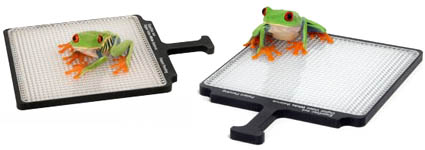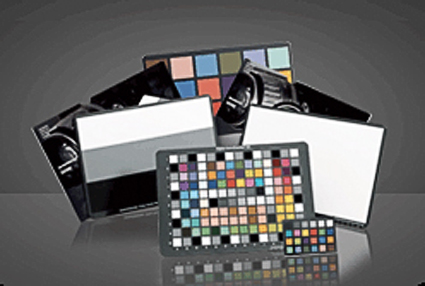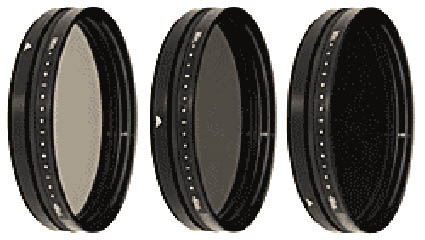I Use – ExpoDisc

A majority of the time, I treat white balance subjectively. But, that doesn’t mean I don’t use a white balance target. Targets give you the option of setting white balance objectively. Without them you have to fall back on the SWAG method (Scientific Wild Ass Guess). My favorite white balance target is ExpoImaging’s ExpoDisc. (I use a Flat; while they’re more expensive, they can be used with any and all lenses.) Why do I like the ExpoDisc so much? It performs three functions at once – white balance, dust map, vignetting map. In addition to setting white balance you can use it to precisely map dust on you sensor and vignetting. Once you’ve identified these with a single exposure, you can automatically apply those corrections to all images shot during that session. Automatic retouching? Yes! Dust mapping will save you hours. Often, I’ve felt a resistance to using white balance targets in the field. Because the ExpoDisc offers so much more and is so easy to use, I use it consistently.
I demonstrate these kinds of techniques in all of my field workshops.
Download my Review of the ExpoDisc here.
Find out more about the ExpoDisc here.
Find my Review of the ExpoDisc here.
Get Insights free here, for upcoming alerts of new Reviews.
See more of the products I use here.
Check out my field workshops here.
Get a 20% discount on my Iceland (8/18-22) workshop here – expires 8/10.
Get a 15% discount on my Fall Foliage (10/17-20) workshop here – until 8/17.
The first 5 Insights Members get $1000 off South America (2/2-14/09), thereafter $250.



